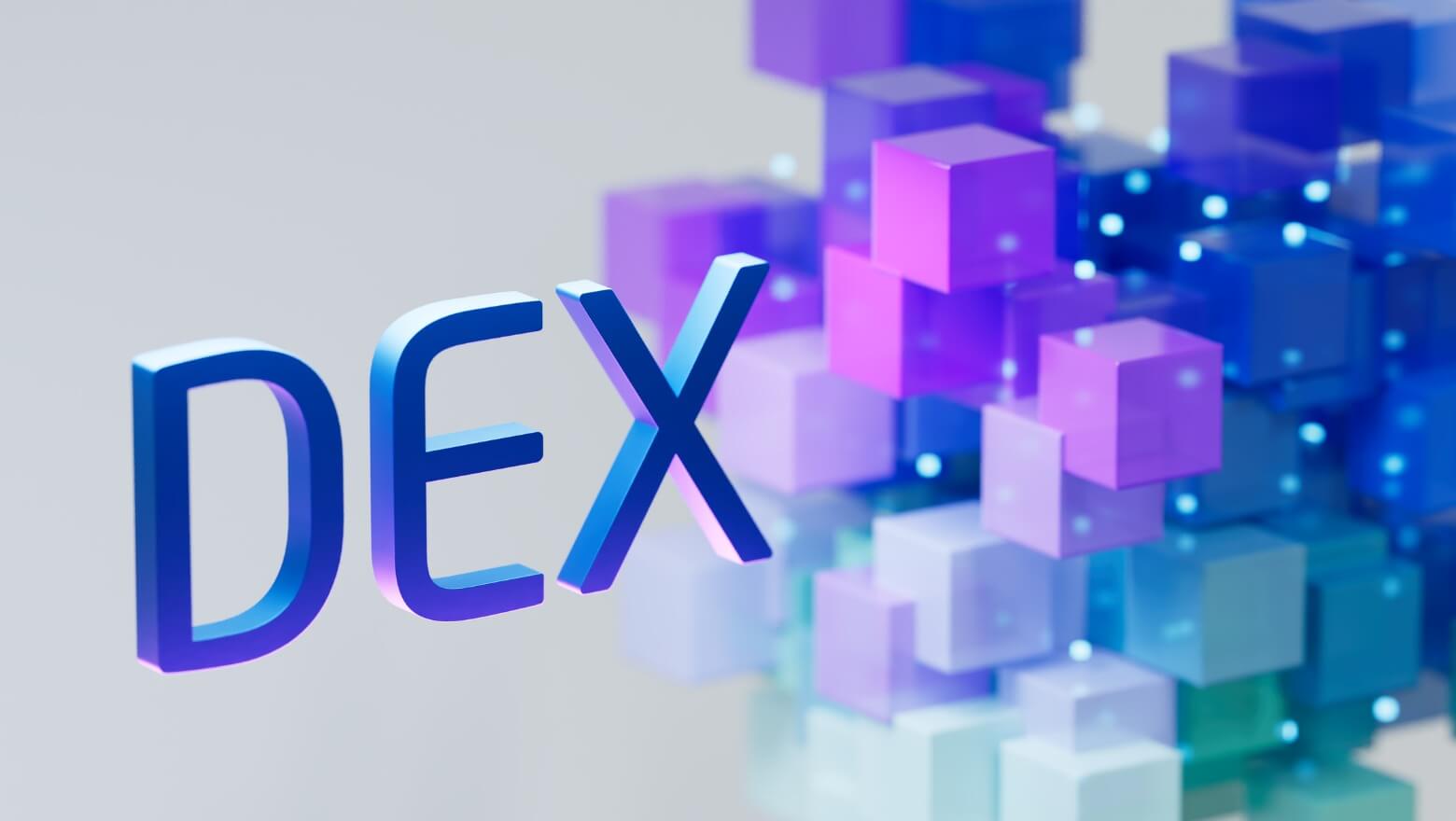A decentralized exchange (or DEX) is a peer-to-peer marketplace where crypto traders do transactions directly with one another. DEXs serve one of crypto’s primary functions: they facilitate financial transactions that are not mediated by banks, brokers, payment processors, or any other type of middleman.
The most popular DEXs, such as Uniswap and Sushiswap, use the Ethereum blockchain and are part of the increasing suite of decentralized finance (DeFi) technologies, which provide access to a wide range of financial services straight from a compatible crypto wallet.
DEXs are thriving, with $217 billion in transactions passing through them in the first quarter of 2021. There were more than two million DeFi merchants in April 2021, a tenfold increase from May 2020.
How does Decentralized Exchange (DEX) work?
DEXs, unlike centralized exchanges like Coinbase, do not allow for fiat-to-crypto transfers; instead, they only trade cryptocurrency tokens for other cryptocurrency tokens. You may trade fiat for crypto (and vice versa) or crypto-crypto pairings — for example, some of your bitcoin for ETH — via a centralized exchange (or CEX).
More complex actions, like margin trades or setting limit orders, are frequently available. All of these transactions, however, are handled by the exchange itself through an “order book” that defines the price for a specific cryptocurrency based on current buy and sell orders – the same approach used by stock exchanges such as Nasdaq.
Decentralized exchanges, on the other hand, are nothing more than a collection of smart contracts. They utilize algorithms to determine the pricing of multiple cryptocurrencies against one another, and “liquidity pools” — in which investors lock assets in exchange for interest-like returns — to simplify trading.
While centralized exchange transactions are recorded on the exchange’s own database, DEX transactions are resolved immediately on the blockchain.
DEXs are typically created with open-source code, allowing anybody with a desire to understand exactly how they function. That also implies that developers may reuse existing code to create new competing projects, as Uniswap’s code has been used by a slew of other DEXs with “swap” in their names, like Sushiswap and Pancakeswap.
Advantages of using Decentralized Exchange (DEX)
1. Limitless number of tokens: If you want to locate a hot token in its early stages, DeFi is the place to go. DEXs provide an almost endless variety of tokens, ranging from the well-known to the strange and completely random. Because anybody may develop an Ethereum-based token and a liquidity pool for it, there will be a wider range of projects, both verified and unvetted. (Warning: buyer beware!).
2. Reduced hacking risk: They are supposedly less vulnerable to a hack since all of the funds in a DEX trade are kept in the traders’ own wallets. (Relatedly, DEXs also lessen “counterparty risk,” which is the possibility that one of the parties involved, maybe even the central authority in a non-DeFi transaction, would go out of business).
3. Anonymity: The majority of widely used DEXs don’t ask for any personal information.
4. Utility in the developing world: Peer-to-peer financing, quick transactions, and anonymity provided by DEXs have increased their popularity in emerging nations, where a strong banking infrastructure may not be accessible. A DEX allows trading by anybody with a smartphone and an internet connection.
Disadvantages of using DEX
1. Complex user interface: Decentralized exchanges are difficult to navigate and require some specialist expertise; plan on doing a lot of study and don’t count on the DEX to provide much assistance.
Typically, you’ll need to search elsewhere for a walkthrough or explanation. Due to the possibility of making a mistake that cannot be corrected, such as transferring funds to the incorrect wallet, caution is advised.
The pairing of two cryptocurrencies in a liquidity pool, one more volatile than the other, might lead to “impermanent loss,” another frequent problem. (The key lesson here? Make your own research).
2. Smart contract vulnerability: Any DeFi system is only as safe as the smart contracts that drive it, and code might still contain exploitable errors that lead to the loss of your tokens (despite thorough testing). Additionally, not all uncommon occurrences, human errors, and hacks can be foreseen by developers, even though a smart contract may function as intended under regular conditions.
3. Includes risky coins: Because most DEXs provide an unvetted, huge assortment of tokens, there is also a higher amount of fraud and schemes to be careful of. A hot token might be “rug pulled” when its creator mints a large number of additional tokens, overloading the liquidity pool and sinking the coin’s value.
Before purchasing a new cryptocurrency or experimenting with a new protocol, it’s critical to educate yourself as much as possible — read white papers, visit developer Twitter feeds or Discord channels, and look for audits of any particular project you’re interested in (some larger auditors include Certik, Consensys, Chain Security, and Trail of Bits).
How to connect with a Decentralized Exchange
1. You may use a crypto wallet like Coinbase Wallet in your web browser or on your smartphone to connect to a DEX like Uniswap. If you’re just getting started, we recommend utilizing the Coinbase dapp wallet, which is accessible immediately from the Coinbase app.
2. To begin trading on most DEXs, you’ll also need a supply of Ethereum, which you may obtain via an exchange like Coinbase. You’ll need some ETH to pay the fees (known as gas) that are required for each transaction on the Ethereum network. These are distinct from the fees levied by the DEX.


